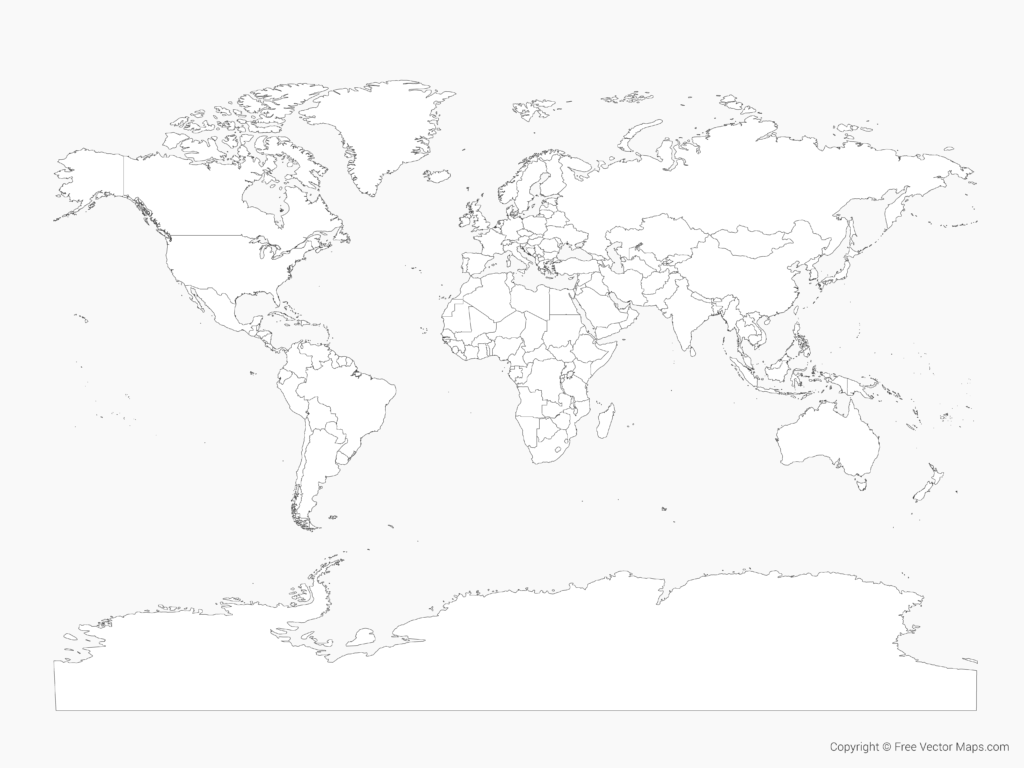Learning Objectives
- To understand the nature of global interconnectedness.
- To reflect critically on your consumption habits and their consequences.
Resources needed
- Access to your kitchen/wardrobe.
- Internet.
Warning!
You can try out all activities and excercises, but you can't save any data. Please login or create a free account to save your data.
Exercise 1: Do you know where your own food or clothes come from?
Teachers of every subject play a central role in addressing issues such as global interconnectedness, migration, social justice, sustainable development, diversity, and peace. Everyone can benefit from reflecting on how each person can live their lives in ways which are fair, equitable, and sustainable for all. In this activity, we seek to prompt reflection on interconnectedness.

Go to your kitchen to your wardrobe. Pick out five items. Try to find out where the products or clothing you use come from.
In the space below, please write down the countries that the products you chose originate in.
Please use an online map (for example, Google Maps) to locate the countries that your food or clothing come from. Please note that, if you search for a specific country within Google Maps, you will be offered a Wikipedia page about that country. Alternatively, you could google (or use a different browser) the country, and its geographical position as well as additional pieces of information will be presented to you.
What did you know about each country before checking the map and the Wikipedia page? What did you learn?
Next, download the map below via this website. Either print it out or use editing functions on your digital device (e.g., your computer, laptop, tablet, etc.). Find the countries you located via an online map (e.g., Google Maps) and colour them. Feel free to add any additional or interesting piece of information on your downloaded/printed map.
The map you will get is a visual representation of a small part of our interconnectedness with the world. Even though we might know very little about a country, we may still be connected with it via our consumption habits.

Next, try to estimate what the average wage is in these countries.
Via this link, you can find average salaries in 67 countries across the world. If the countries you have on your list are not covered, try searching for the answers via the browser you usually use. Then, compare your estimations. Were you right?
Think about whether there are any local companies that make the products you frequently use. If you are unsure, a quick online search will likely provide you with answers. Perhaps it is worth considering whether there are any ways in which you could support the local community and producers.
TIP If you are interested, here is a link that will take you to an interactive map of migration and a map which shows how students move.
*This exercise is adapted from: https://oxfamilibrary.openrepository.com/bitstream/handle/10546/621141/edu-food-home-learning-activities-060121-en.pdf?sequence=4&isAllowed=y
